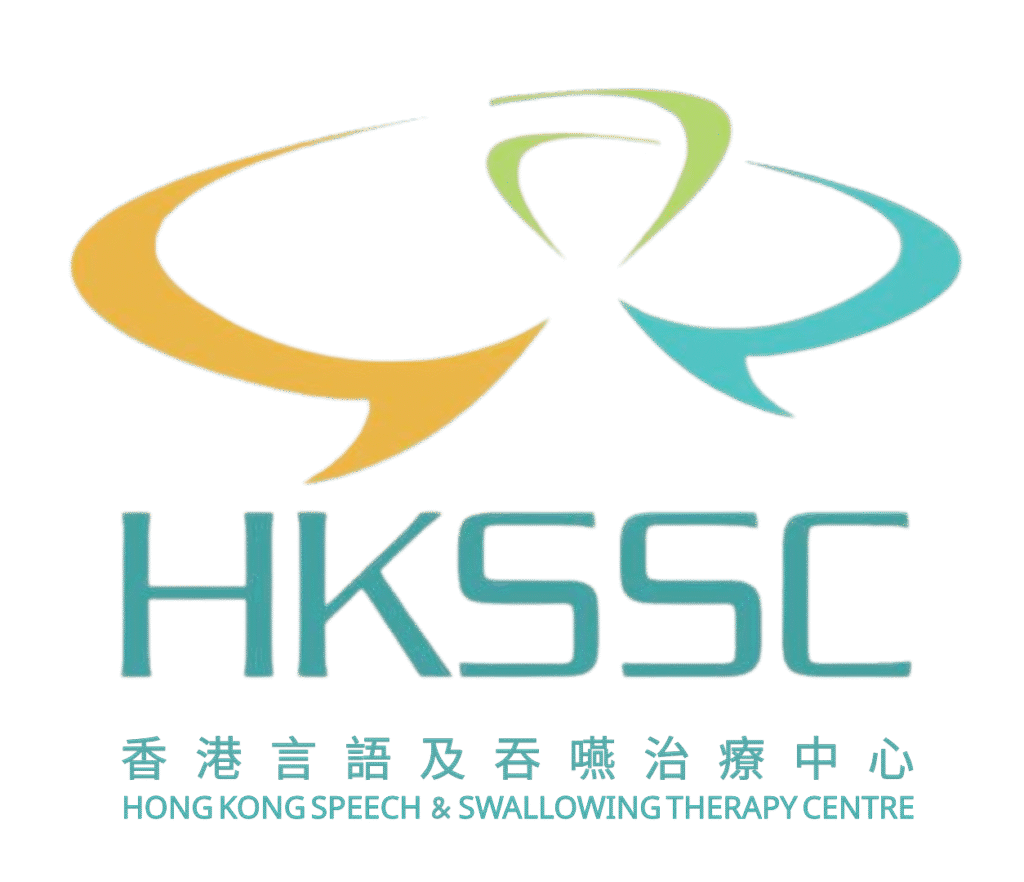-
.
Service Types
Outreach Services
School-based speech therapy service, elderly service for care centre and nursing house, conduct seminars and workshops etc.
Therapy Services
Online assessment, speech therapy, speech and language therapy, play therapy, fluency therapy, stuttering therapy, autism therapy, feeding & swallowing therapy, stroke rehabilitation etc…
Fluency Disorder Therapy

What is Fluency Therapy?
Treatment for fluency disorders is a specialized therapy designed for patients with fluency challenges, aiming to improve their speech fluency and rhythm. These disorders, such as stuttering or speech disfluencies, may disrupt the natural flow of communication and impact an individual’s ability to express themselves effectively. Treatment techniques for fluency disorders are tailored to each individual’s specific needs and may include strategies to enhance fluency, reduce disfluencies, and improve overall communication skills. Through targeted therapy, individuals can learn to address and overcome challenges related to fluency disorders, ultimately boosting confidence and communication abilities.
Why is Fluency Disorder Therapy Needed?
Fluency disorder therapy aims to address issues related to speech fluency and rhythm, commonly known as fluency disorders. These disorders may manifest as stuttering, speech disfluencies, or interruptions in speech fluency.
Clinical Presentations or Signs:
- Repetition of sounds, syllables, or words.
- Prolongation of sounds.
- Stuttering or voluntary pauses during speech.
- Tension or struggle while speaking.
- Avoidance of certain words or situations.
How is it Diagnosed?
If you experience any of the above symptoms and find that they impact your daily communication, it is recommended to consult a speech therapist for a comprehensive assessment.
Assessment Process

Assessment Process
The assessment process for fluency disorders involves a comprehensive evaluation by a speech therapist. This assessment may include analyzing speech samples, observing speech behaviors, assessing the impact of fluency issues on daily communication, and potentially using standardized tests to measure fluency levels.
Treatment and Intervention
Speech therapy typically involves a range of customized techniques tailored to individual needs. These techniques may include stuttering modification strategies, fluency shaping techniques, cognitive-behavioral therapy, and desensitization exercises to reduce anxiety related to speech.
Prevention Methods
While fluency disorders may not always be preventable, early intervention and treatment can effectively help manage symptoms. Avoiding high-stress speaking occasions and practicing relaxation techniques may also be helpful.
Interventions Implemented by Speech Therapists to Address the Issue?
Speech therapists work closely with patients with fluency disorders to develop personalized treatment plans. This may involve teaching skills to improve fluency, providing strategies to reduce stuttering or speech disfluencies, offering counseling to address the emotional aspects of speech difficulties, and supporting individuals in building confidence and effective communication skills. Therapists may also involve family members or caregivers in the therapy process to create a supportive environment for communication development.
Target Audience
– Patients of all ages with fluency disorders such as stuttering or speech disfluencies.
– Parents, caregivers, and educators seeking assistance for children with fluency issues.
– Speech pathology professionals looking to enhance their understanding and skills in fluency therapy.
Arrange an Assessment
Online Assessment
- Convenient, quick, and easy
- Consultation anytime, anywhere
- Early detection through timely screening
- Expert guidance and tailored treatment plans
- Through our online assessment, screening, and consultation services, you can comfortably experience personalized speech therapy services at home. Our professional therapists offer customized treatment plans to effectively meet your communication needs.

Established in 2006, HKSSC has over 20 years of experience in speech therapy services.
We’ve been providing therapy services to over 190 schools and nursing homes.
- (852) 2311 6330
- (852) 5403 3684
- (852) 8148 6330
- info@hkssc.com.hk
- Room 1216, 12/F, 133 Wai Yip Street, Kwun Tong, Kowloon, Hong Kong
- Monday - Saturday 10am - 6pm (By appointment)
Our Company
Copyright © 2025 HKSSC All rights reserved
Site Map | Disclaimer | Privacy Policy | Statement
